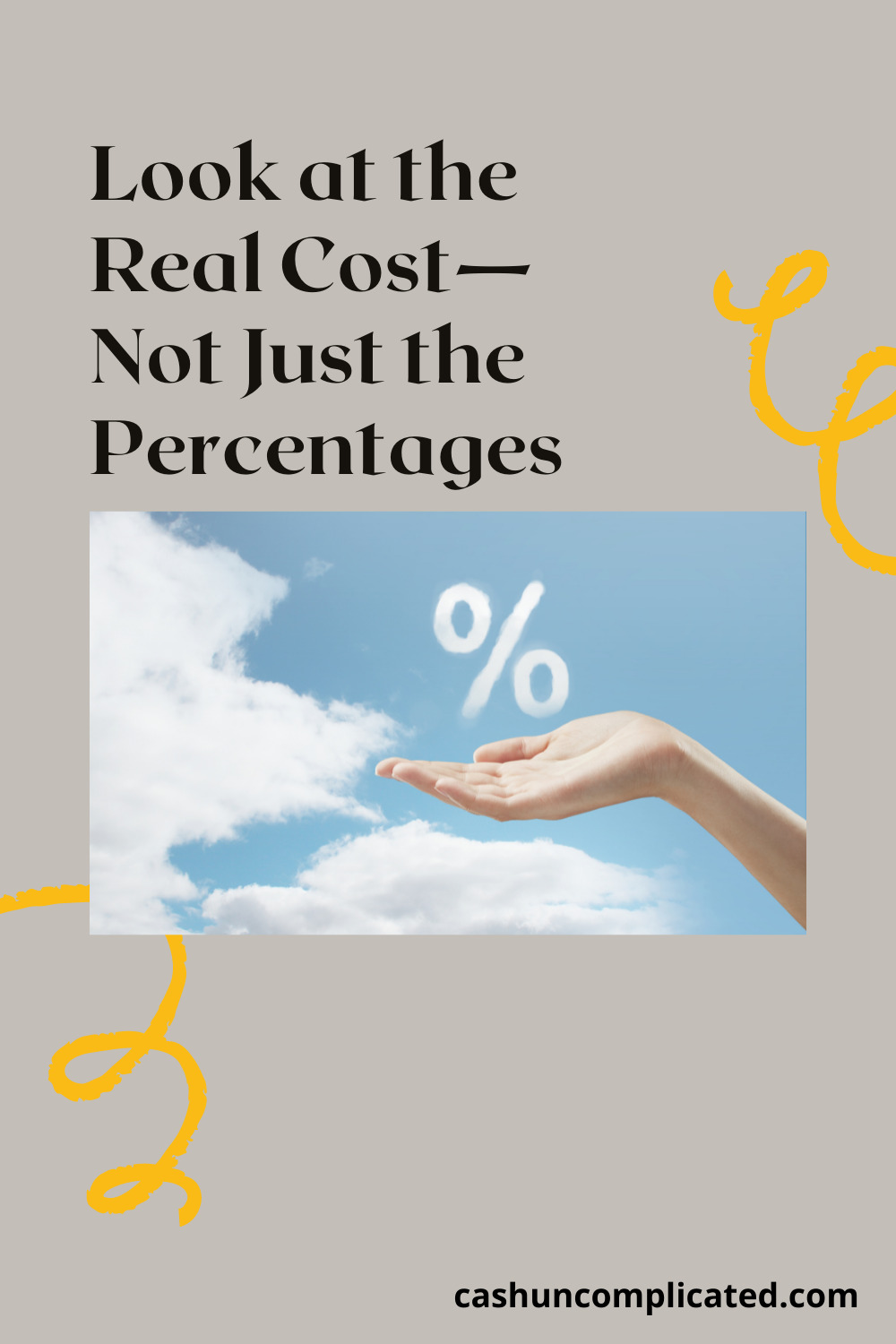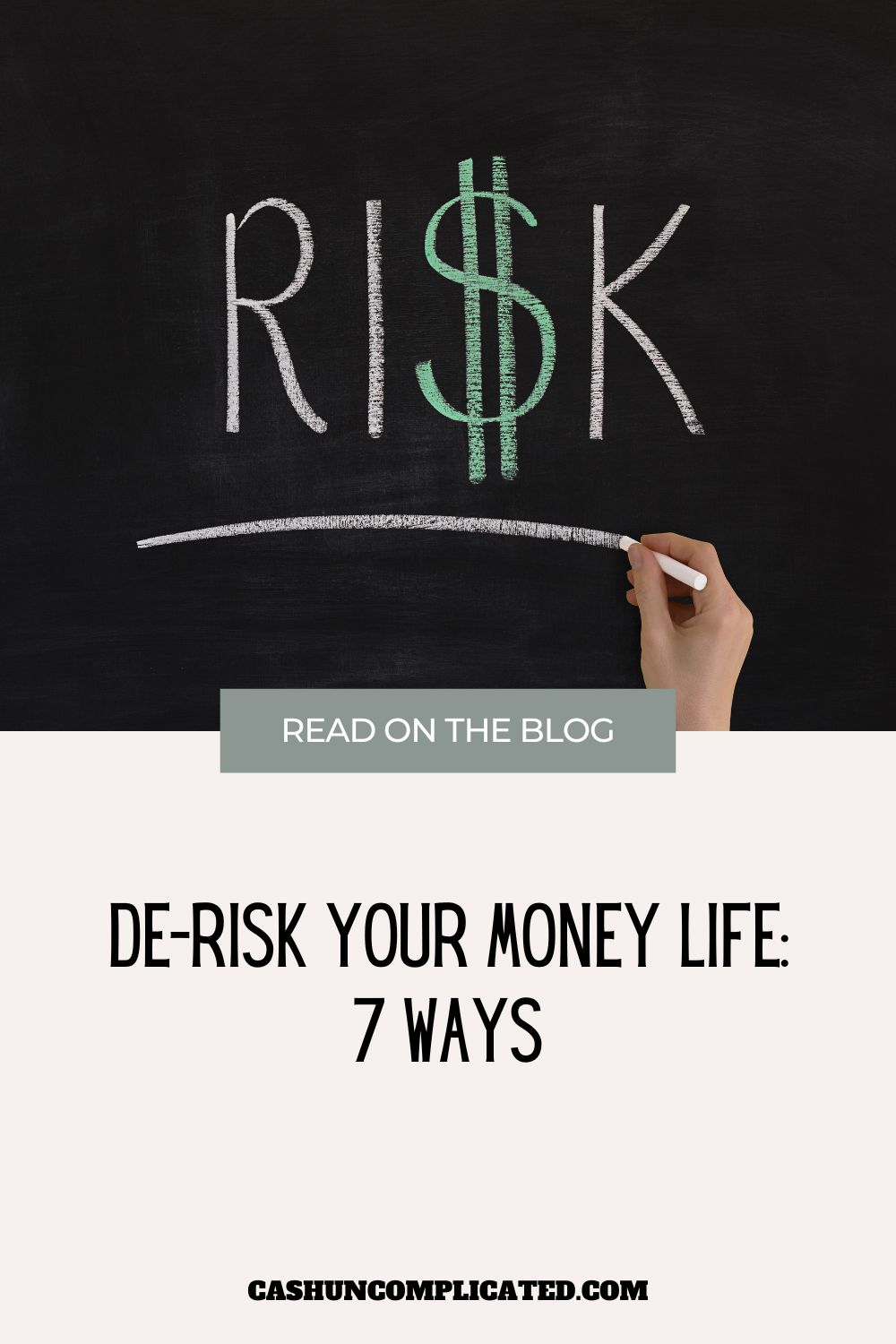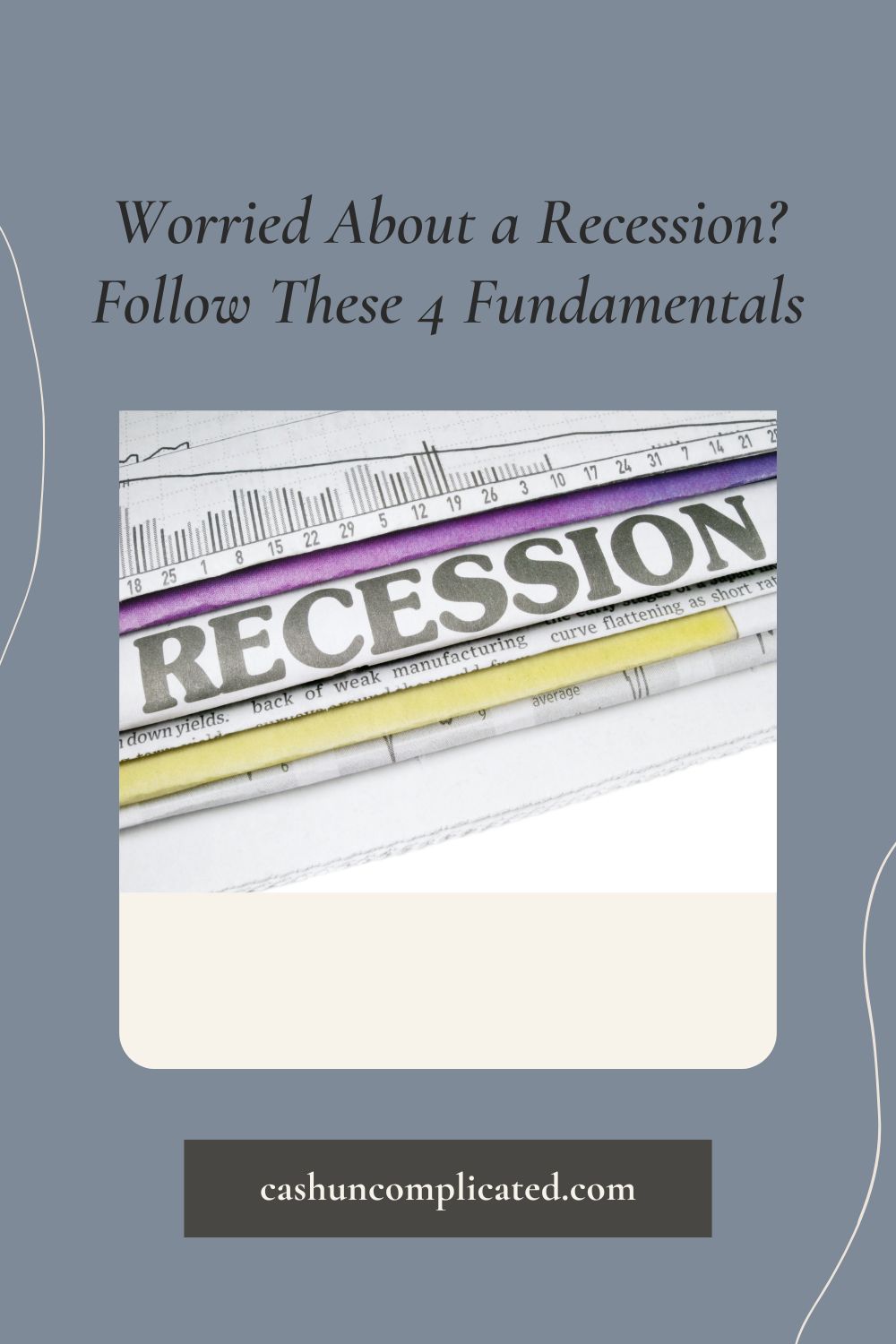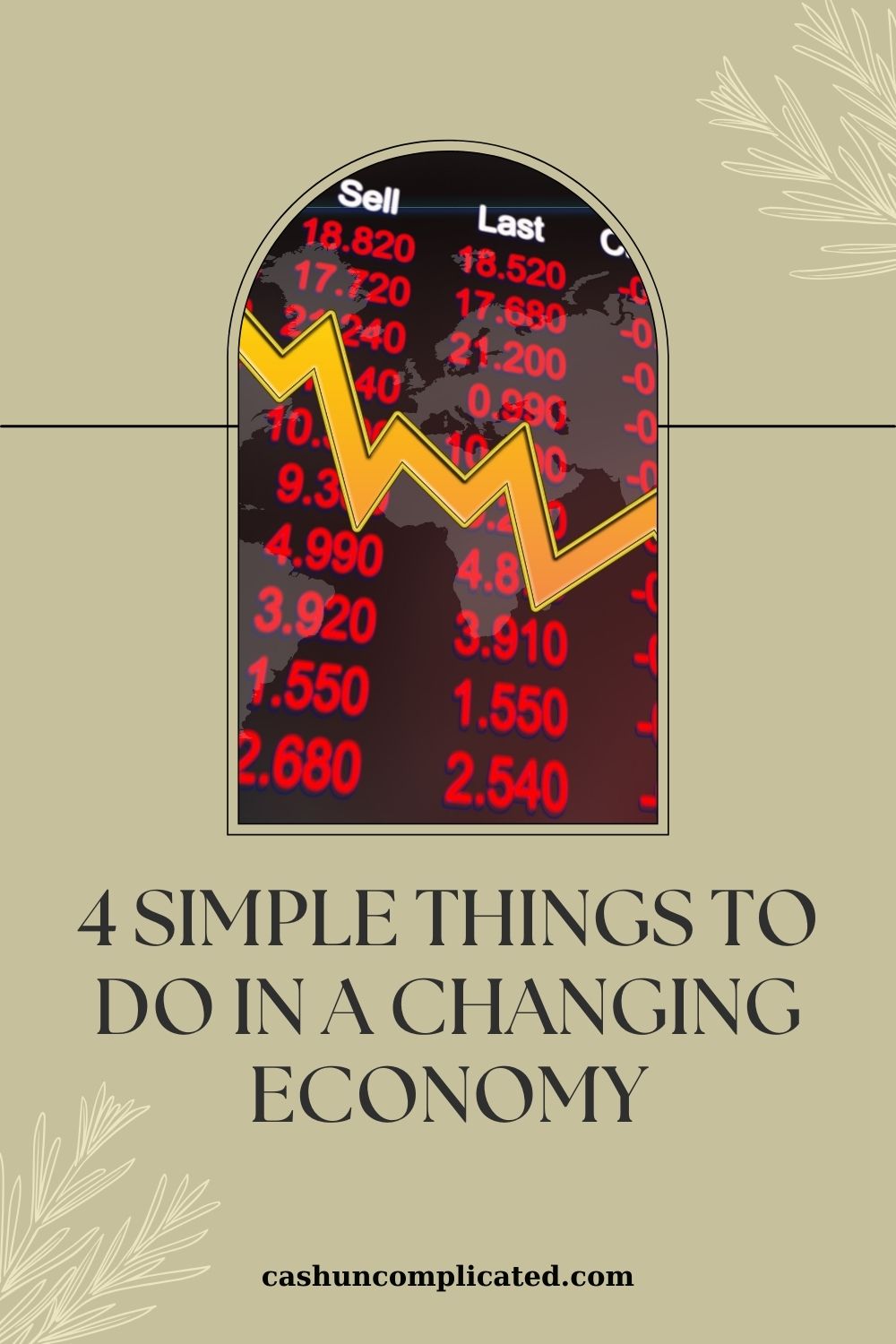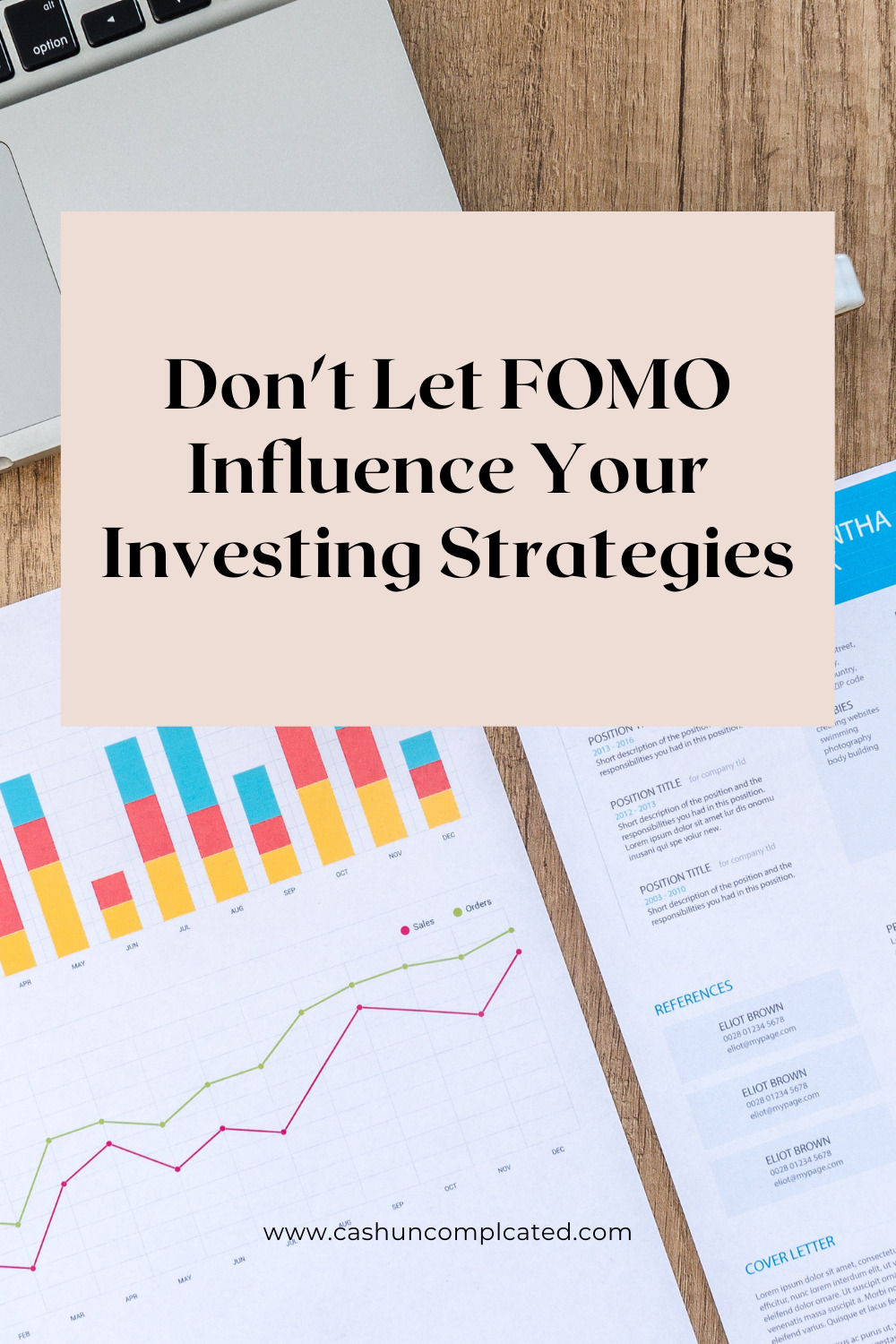I’ve noticed a unique phenomenon in personal finance. I don’t know if it’s natural human tendency, or something that has developed over the years with more opportunity to take out debt. What I’ve noticed is that a lot of people aren’t really impacted by percentages like they are by actual dollar amounts.
I’ve heard people casually say they’re paying a low 12 percent credit card interest rate, but never talk about the real dollars that is costing. For many people, 12 percent equates to hundreds of dollars per month. I’ve also heard others talk about a car loan with six percent interest, but have no idea what that is really costing in real dollar amounts.
The one exception is interest rates on home loans. That seems to be a big deal for a lot of people, and has been one of the drivers of the white hot seller’s market we’re currently in. But I think a lot of that has been driven by media (especially social media), and word of mouth from friends and family. “You’ve got to get into the market now while interest rates are low” for example.
Still, I think if you asked a majority of people the actual dollar impact of lower mortgage interest rates, they wouldn’t know. Or to give a more precise example, if you asked someone the difference between a 3.05 and 4.05 percent interest rate on a $500,000 loan. I’m not so sure that the average person could tell you what that comes out to in a dollar amount. On a 30-year loan with 20 percent down, 3.05 percent will cost $211,000 and 4.05 percent will cost $291,635 in total interest paid.
Back to the percentages. Percentages don’t invoke the emotional reaction that a dollar amount would. I’ve heard people try to negotiate a few dollars off an item at a street fair but then be perfectly happy to pay a loan or credit card with a high interest rate without looking at even one competing offer. The discount at the street fair was two or three bucks while the higher interest loan or credit card can accumulate into the thousands of dollars.
Translate the Percentages to Actual Dollars
The solution that has worked for me is to translate the percentages into actual dollar amounts. It’s always powerful and eye opening to complete this exercise. Here are some examples:
- A home purchase with a loan of $600,000 at three percent interest equals monthly payments of $2,530 in principal and interest. At four percent interest, those payments rise to $2,864, a difference of $334 per month. Total interest paid on the three percent loan over the course of 30 years is $310,665. At four percent that moves up to $431,217, a difference of $120,552.
- A car loan for $20,000 at 2.4 percent will have monthly payments of $354 over five years. Raise that by two percentage points to 4.4 percent for five years, and that increases to $372 per month. That’s a difference of $1,244 versus $2,317, or $1,073 in total paid interest.
- A credit card balance of $10,000 would take two years to pay off paying $489 per month at a 16 percent interest rate. At a 20 percent interest rate, that number jumps to $508. That’s a difference of $456 over the course of two years.
- Saving the best for last: A lump sum of $100,000 invested at a 10 percent rate of return equals $1,744,940 in 30 years. At a seven percent rate of return, that same lump sum of $100,000 equals $761,226 in 30 years. A significant difference of $983,714. Or in other words, almost a million dollars!
Some of these examples are lower in scale like the credit card and car payments. I think anyone would be happy to save a few hundred or thousand dollars over a few years, but it won’t change your life. Where the interest rates and rate or returns really get significant are with the larger amounts of money.
$120,552 saved in interest over 30 years for a house would qualify as life changing money for many. And $1,744,940 versus $761,226 in an investment is undoubtedly life changing for the majority of people.
An extra $983,714 in thirty years is the difference between a comfortable retirement and having to continue to work. It’s a big deal to say the least. 10 percent versus seven percent doesn’t seem like much, but when put in dollar terms, it has a whole new added meaning.
This is why I like to look at the numbers. The actual dollar amounts have a much greater effect than just throwing around some percentages. And when the numbers get bigger than the examples above, it’s easy to understand why the rates matter even more.
It’s About Making an Informed Decision
For me, it’s about making an informed decision. This goes for any walk of life, not just personal finance. For any decision, it’s critical to gather the most important information prior to making a decision. I don’t believe it’s important to gather every little minutia about every single decision you make, but gathering the important, high leverage information is.
The dollar amount an interest rate is going to cost or earn, is high leverage information in my opinion. Like in the example above, seven versus ten percent rate of return doesn’t mean a whole lot to most people. But $1,744,940 versus $761,226 certainly does. Knowing a dollar amount like this is likely to prompt people to think twice to spend more time on finding the best rates possible.
The true dollar amount of interest rates is not the only factor in personal finance decision making. There’s risk tolerance, level of comfort in the investment or lender, personal philosophies and beliefs about money, among other things. But the true dollar amount is a very big deal, and one of the highest leverage pieces of information one can acquire. For some, it’s the most important piece of information.
Next Steps
Go through your investments and debt you may have. Take a look at the interest rates and translate those numbers into actual dollars. Then see if you can optimize your rates to put more dollars in your pocket by refinancing or finding another investment.
I personally completed this exercise a few years ago—I remember being surprised by the actual dollar amounts. Seeing the dollar amounts prompted a refinance on my house, and closing one investment account that was performing very poorly. With just a little bit of effort, I was able to increase my monthly cash flow and investment return. That little bit of work from a few years ago will benefit me for the next several years, with minimal to no upkeep.
I’m confident that this exercise will benefit you as well. Either you’ll discover that you’re not optimized, or that you already are. If you’re not, you’ll be able to take action to get optimized. If you are, you’ll be able to rest easy knowing that you’re in a good position for the time being. Either way it’s a win.

